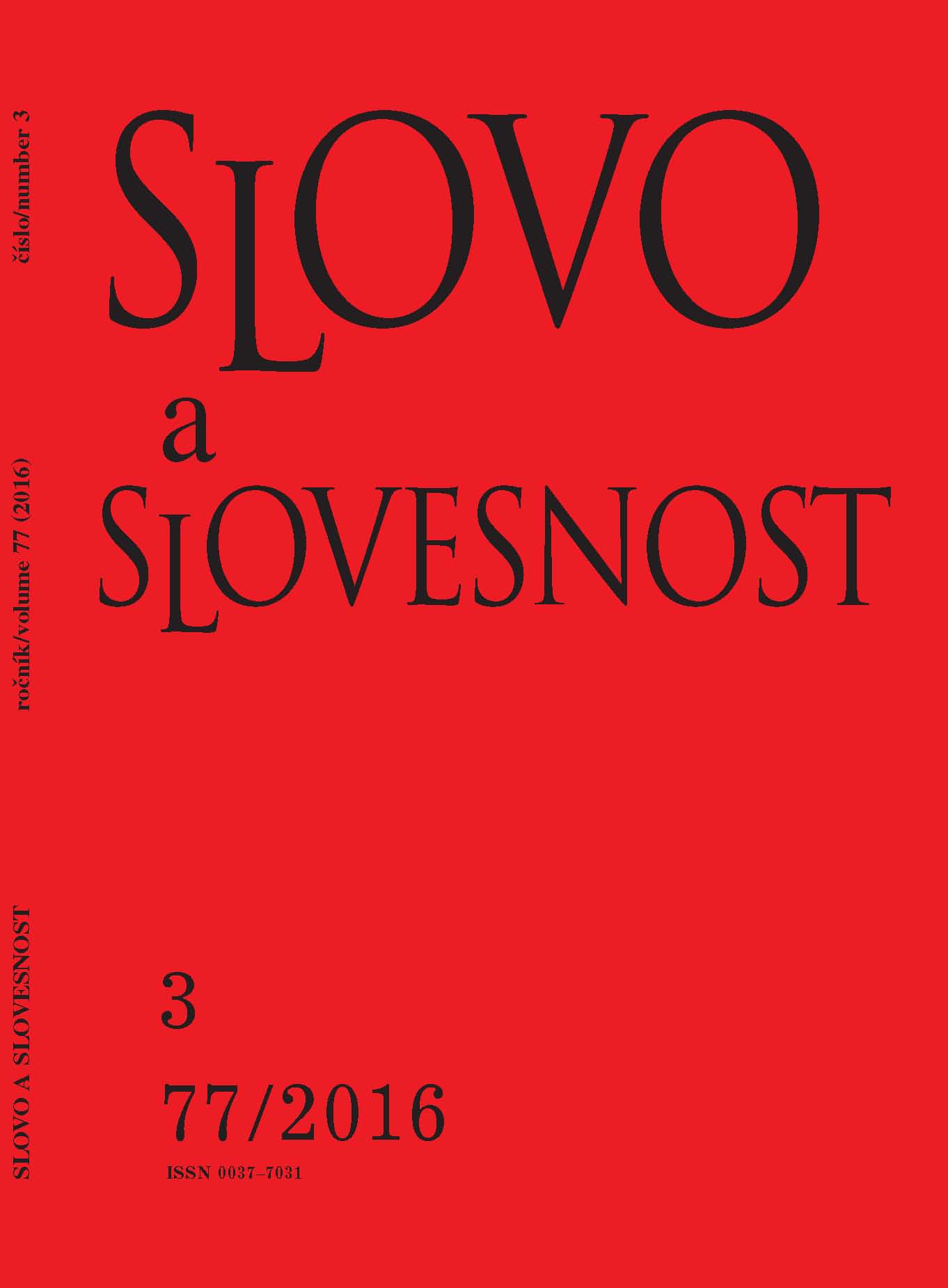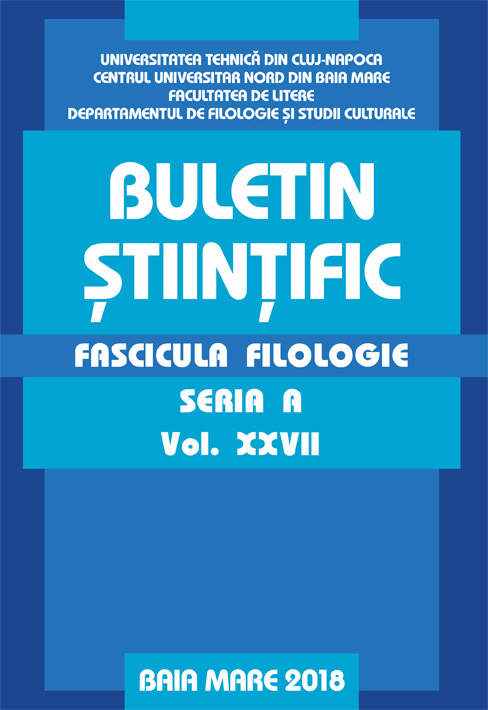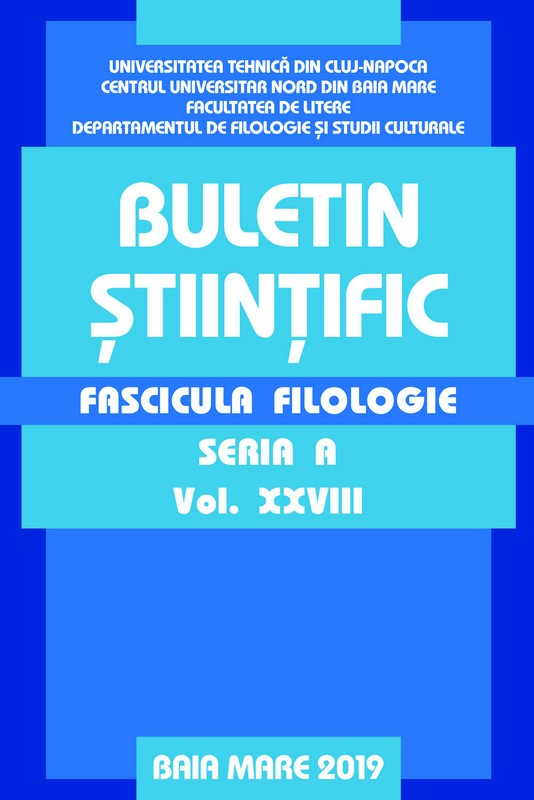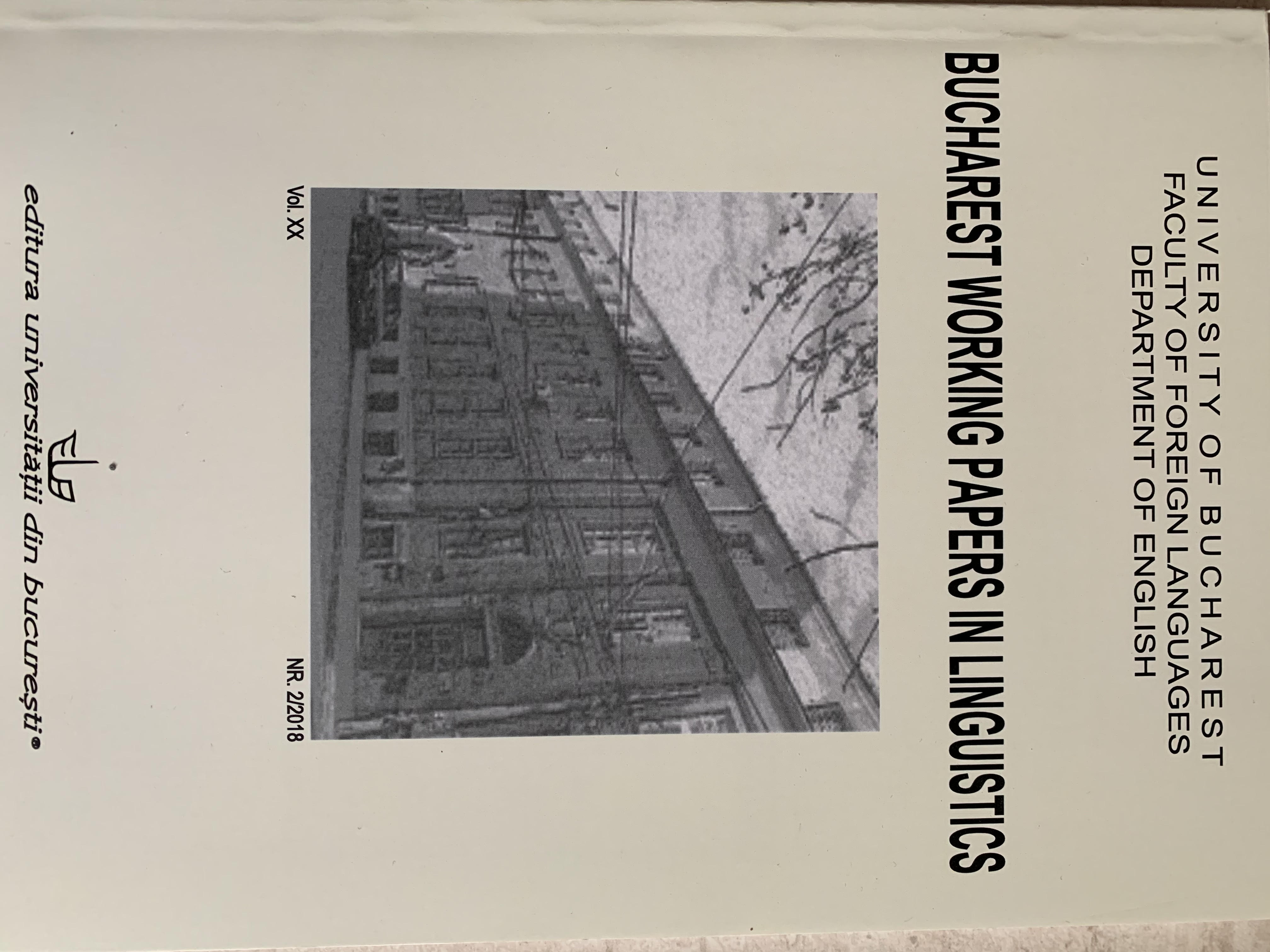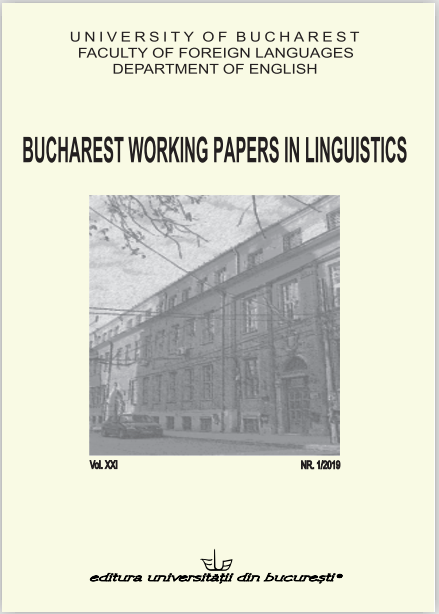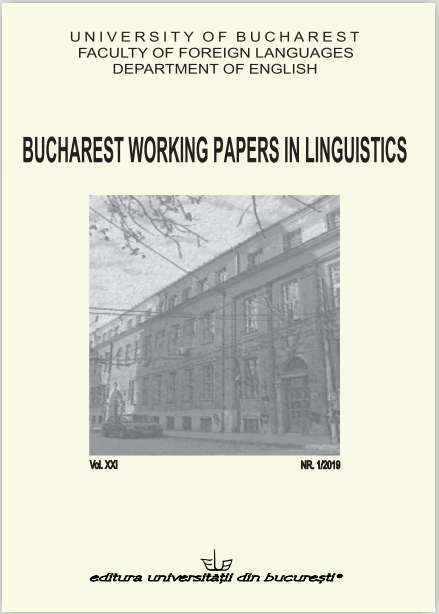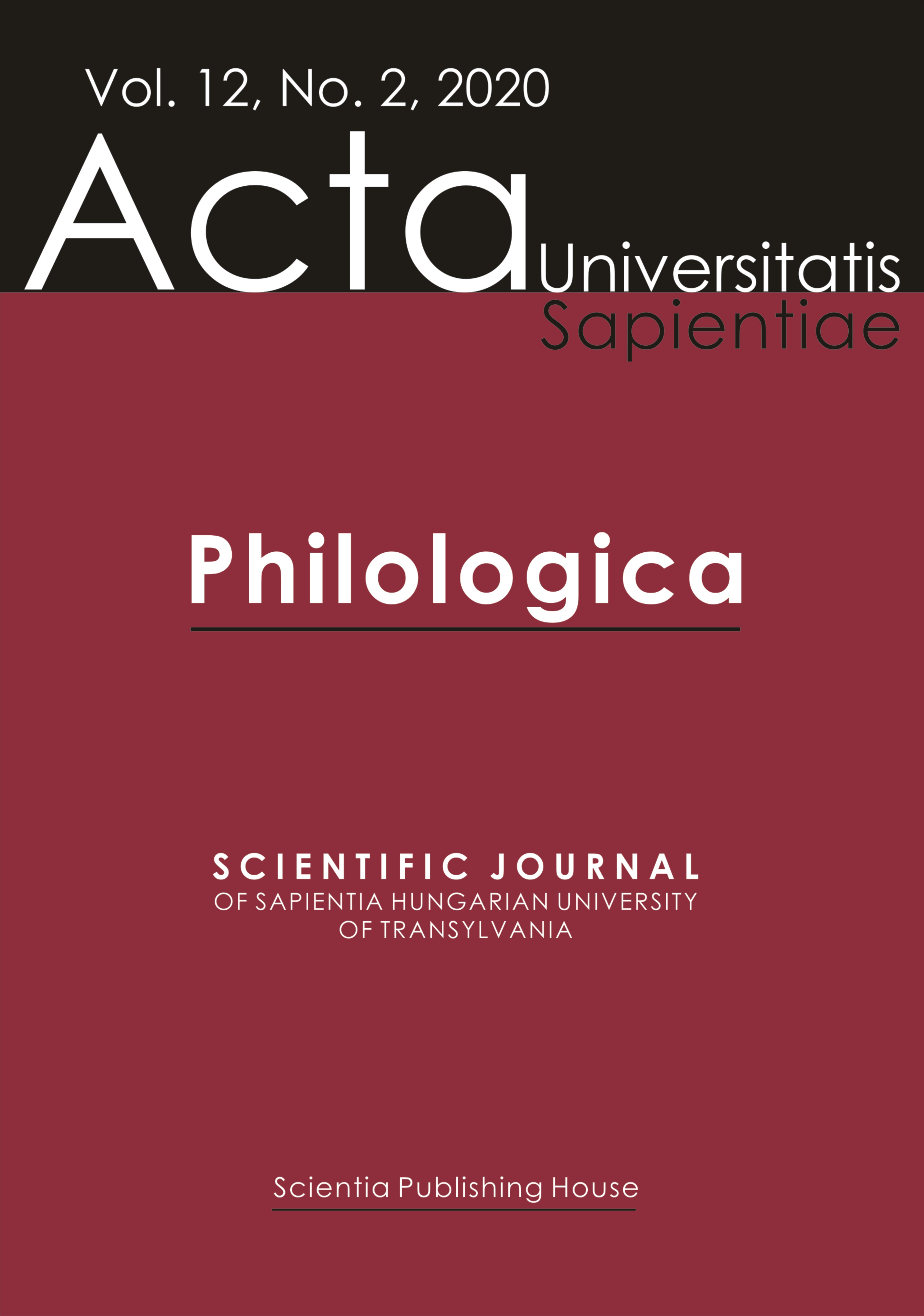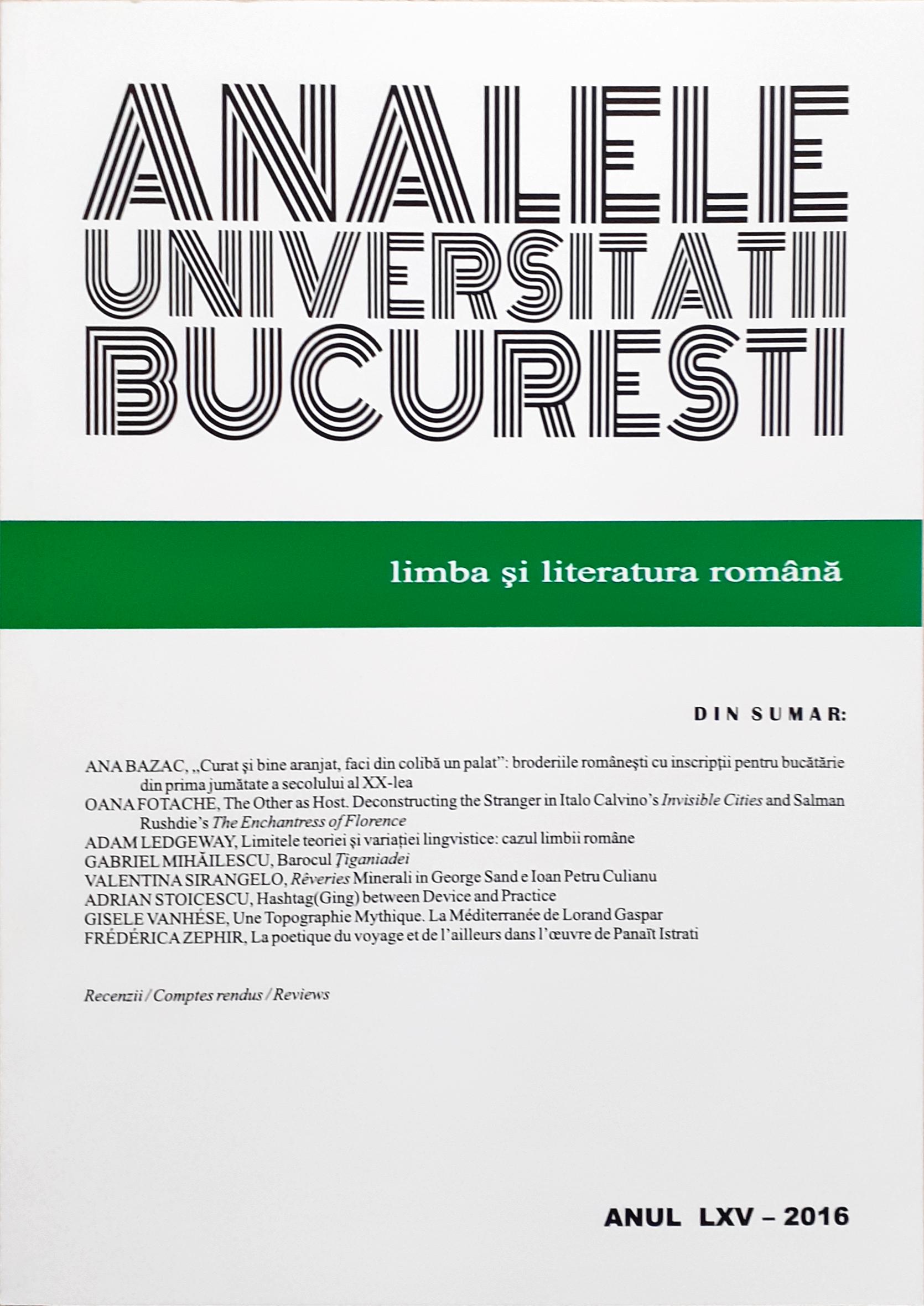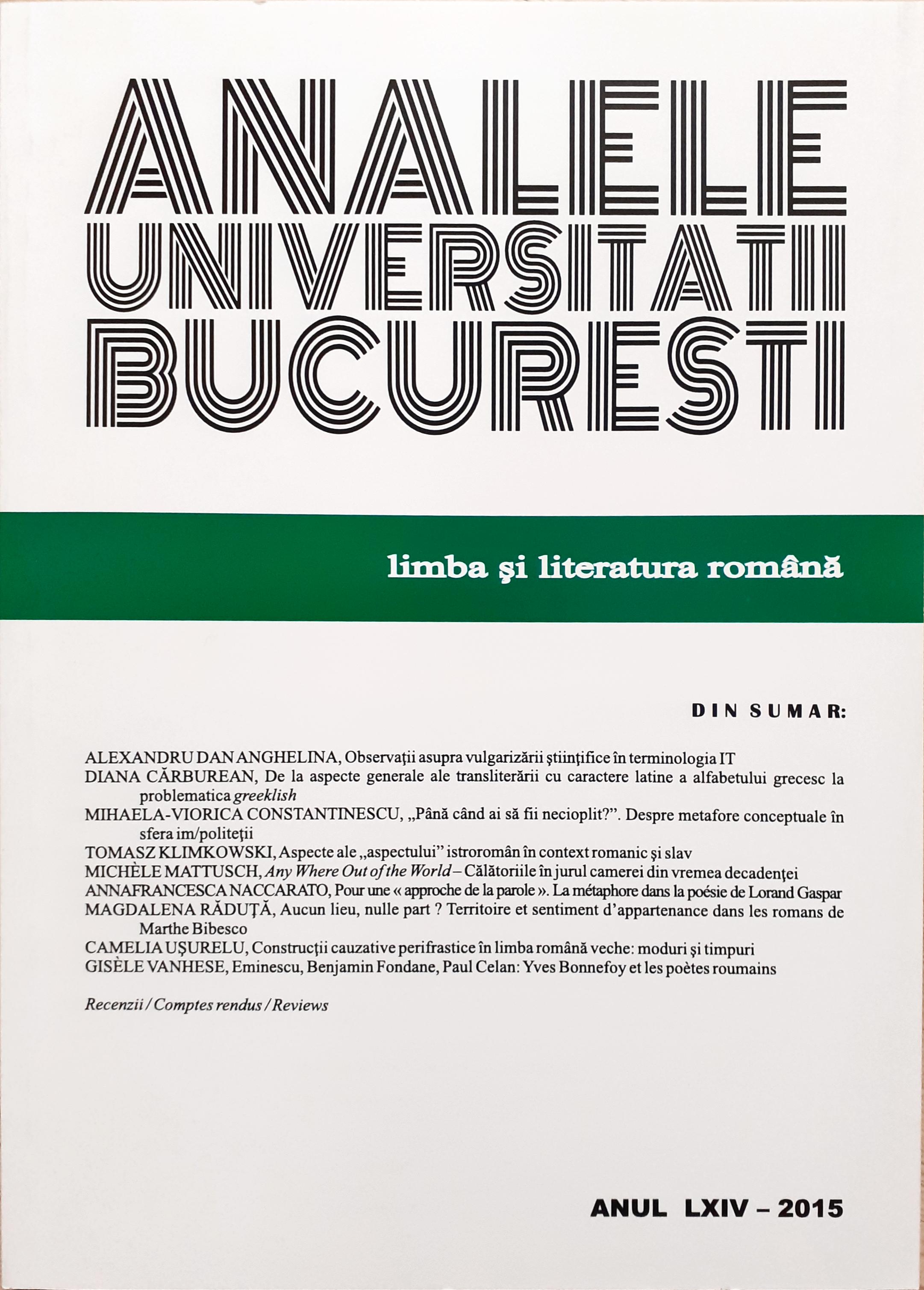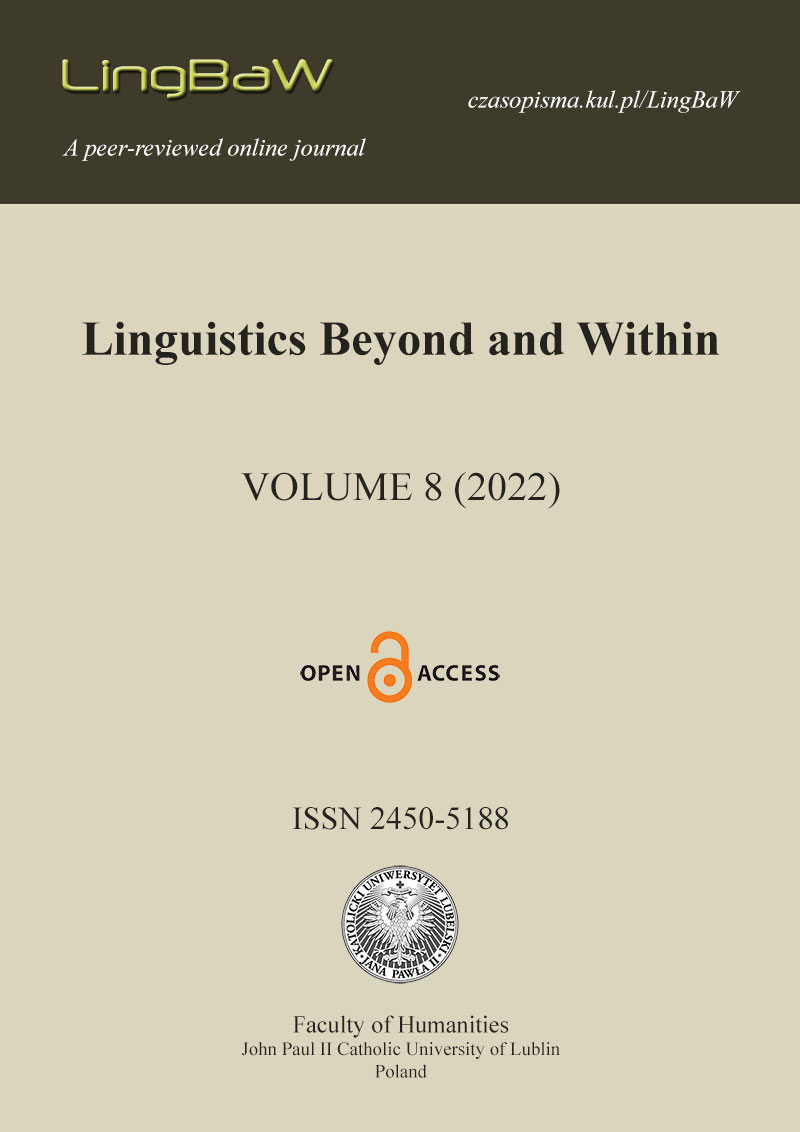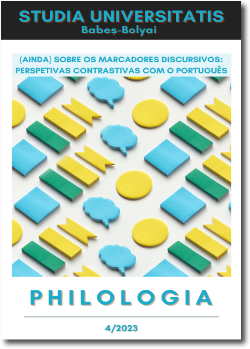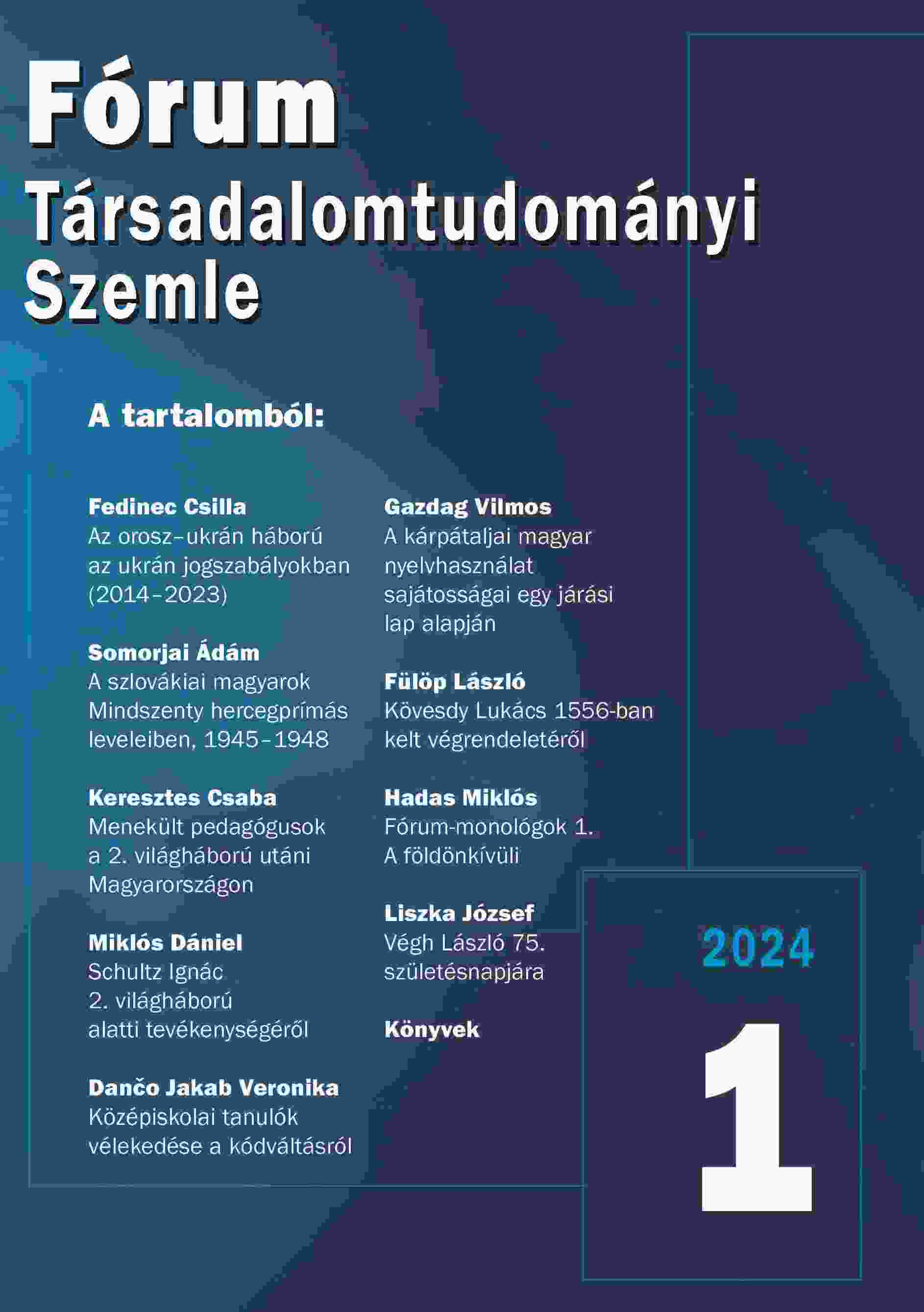Author(s): Draženka Blaži,Marijana Balažinec,Helena Obučina / Language(s): English,Croatian
Issue: 2/2014
Auditory processing is a system of processes that consists of active and passive noticing, following, discriminating, and continously transmitting information throughout the peripheral and central nervous system, as well as filtering, sorting, and combining the same information at the appropriate perceptive and conceptual level. Auditory processing deficit includes difficulties in interpreting speech sounds despite normal hearing abilities and regular cognitive functioning. Language impairment refers to a delay in language development and poor language skills despite regular cognitive functioning and the absence of neurological, motor, and sensory deficits. The aim of this study was to examine the auditory processing skills of language elements in children with language impairment and to compare the results with those of children with regular speech and language development, by adminstering a battery of tests for the evaluation of auditory processing deficit. Another aim was to determine differences within the group of children with language impairment in auditory processing skills considering the different types of language impairment, age, and gender of the examinees. The sample included 68 examinees ranging in age between 5,6 and 7,6 years (21 examinees with language impairment and 47 examinees with regular speech and language development) and was balanced for gender and age. The analysis of the results showed poorer auditory processing skills in examinees with language impairment. Differences corresponded to gender and type of language impairment, but did not correspond to the age of the examinees. These results suggest that there is a relation between neurological dismaturation, poorer auditory processing skills, and the development of language impairment because the most discriminative were the dichotic subtests, which can assess the functioning of neurological connections in the auditory system. Despite a probable close connection between language impairment and auditory processing deficit, we cannot claim that an auditory processing deficit alone is sufficient to cause language impairment.
More...

